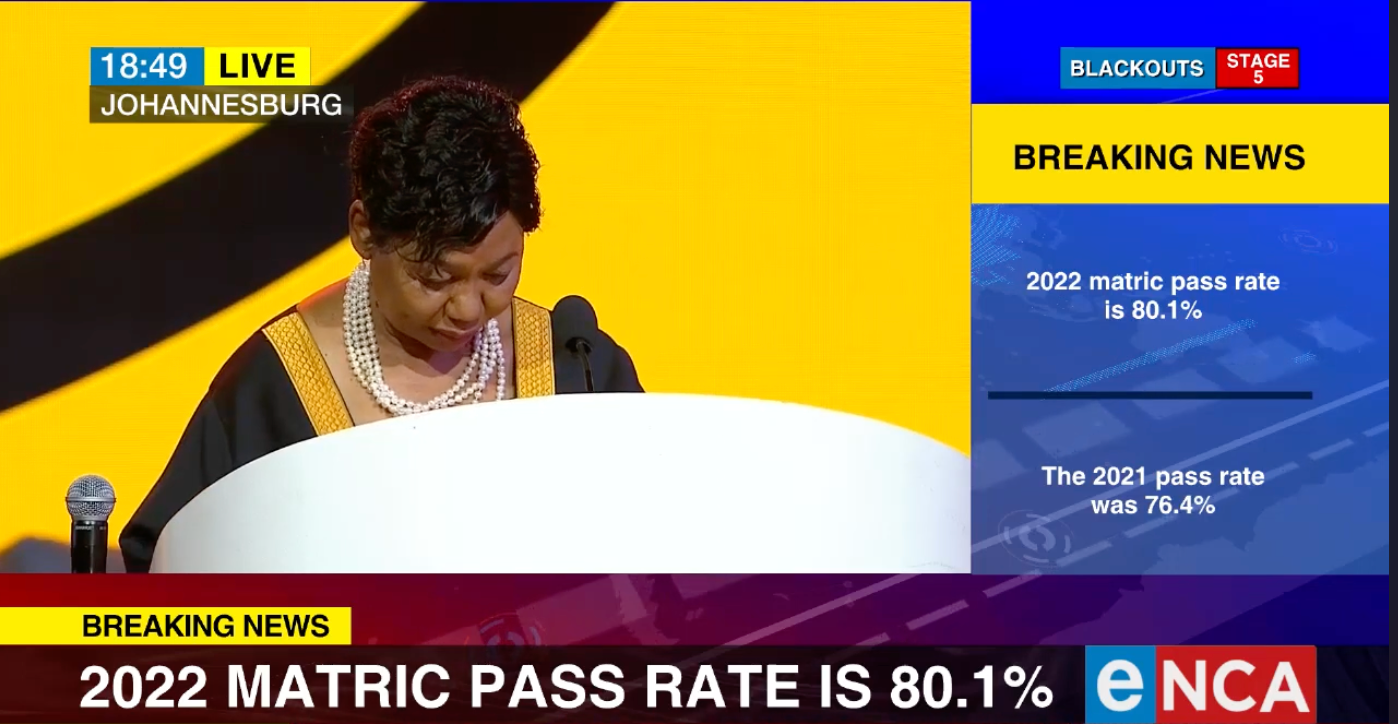Pass rate for matric 2023, Matric pass rate 2023 – Which province is leading in matric 2023,2023 matric pass rate, matric pass rate per province 2023.
Matric Results for 2022
The Department of Basic Education said 920 634 learners enrolled to write the National Senior Certificate (NSC) examination, including 168 631 part-time candidates. The class of 2022 was the largest cohort of matric candidates to date.

Pass rate for matric 2023
Pass rate for matric 2023
The official pass rate for the class of 2022 was 80.1%, up from 76.4% in 2021. Motshekga was pleased to announce that all provinces had pass rates above the 70% mark.
Basic Education Minister Angie Motshekga is hosting a breakfast in honour of the Matric class of 2022’s top performers on Thursday morning. This class has grappled with the COVID-19 lockdown and rolling power cuts.The top achievers of the class of 2022 will be honoured by the Basic Education Department.
They’ve borne the brunt of the Covid-19 pandemic and power cuts. KZN pupils also had to deal with the effects of the devastating April floods.The class of 2022 is the largest group of full-time candidates that have sat for the National Senior Certificate exams.

Which province is leading in matric 2023
The Free State is the leading province with a pass rate of 88.5 eprcent.
KwaZulu-Natal is the most improved province with a pass rate increase of 6.2 percent from 2021.
KwaZulu-Natal and Gauteng contributed the most passes that qualify to study further at university.
The minister commended the matriculants for their resilience.
A total of 580,555 candidates passed the matric exams.
Matric provincial results 2023 – Matric pass rate 2023 per province
- Free State was the best-performing province with an 88.5% pass rate – improving by 2,8% from 2021.
- Gauteng came in second with 84.4% – improving by 1.6% from 2021.
- KwaZulu-Natal was third with 83% – it improved by 6.2% from 2021.
- Western Cape came fourth place 81,4% – the province improved by 0.2%.
- North West was fifth with 79.8% – it improved by 1,6 from 2021.
- Eastern Cape was sixth at 77.3% – an improvement of 4,3% from 2021.
- Mpumalanga achieved seventh place with 76.8% – an improvement of 3,2% from 2021.
- Northern Cape finished second last with 74.2% – it had an improvement of 2,8% from 2021.
- Limpopo finished ninth with 72.1% – it improved by 5,4%.

